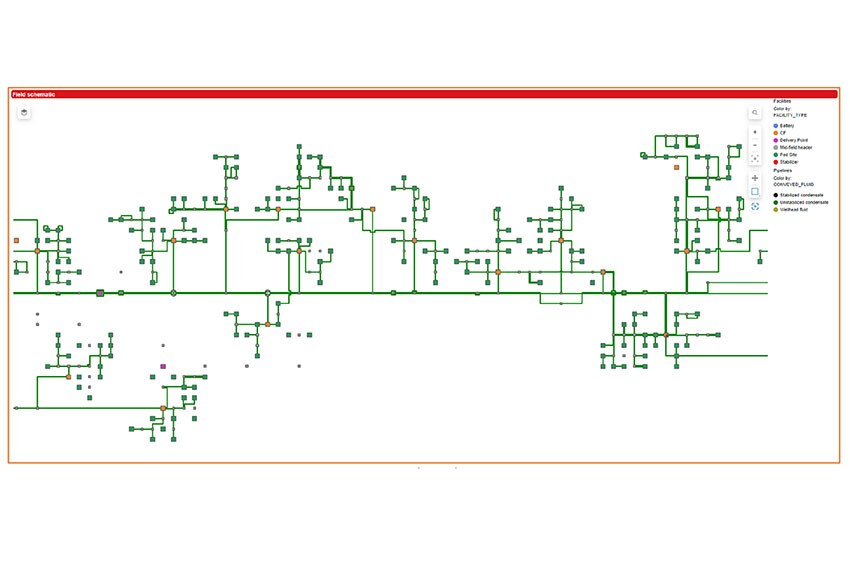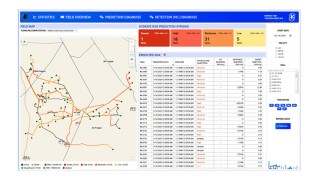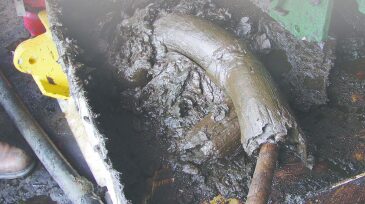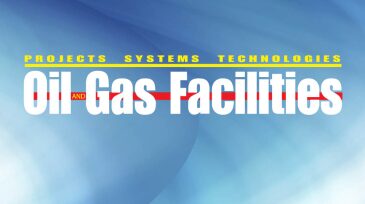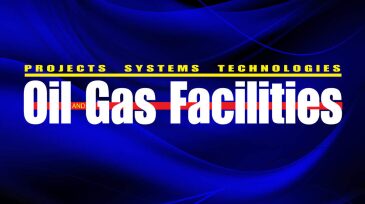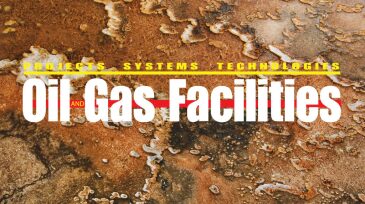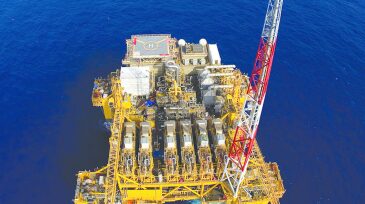Flow assurance
This paper explains that the discovery of specific pressure trends, combined with an unconventional approach for analyzing gas compositional data, enables the detection and prediction of paraffin deposition at pad level and in the gathering system.
This paper presents an approach to subsea hydrate-risk management based on the understanding that some crudes have induction properties that delay hydrate formation even when the pressure and temperature conditions reach the hydrate thermodynamic region.
This paper discusses a comprehensive hybrid approach that combines machine learning with a physics-based risk-prediction model to detect and prevent the formation of hydrates in flowlines and separators.
-
As environments become more challenging, the importance and complexity of flow assurance has evolved. To effectively manage flow assurance, oil and gas operators must take a holistic approach, particularly when working in deepwater offshore environments.
-
This paper illustrates a numerical approach to estimate the deposition profile of precipitated wax crystals and its effect on flow-related parameters in pipelines. Options for avoiding these issues are also explored.
-
In this study, software that is capable of modeling fully transient multiphase flow in wellbore and pipeline has been used to characterize the fluid-hammer effects of well shut-in and startup on the coupled subsurface and surface systems.
-
As the world's supply of crude becomes heavier, many of the world’s oil producers will have to think more carefully about heavy crudes and the challenges they pose for processing, storage, and transportation.
-
The effects of turbulence/shear and thermal driving force on wax-deposition characteristics were experimentally studied using a waxy crude oil from the Gulf of Mexico.
-
Semoga and Kaji fields experienced reservoir souring and suffered a history of calcium-carbonate (CaCO3) -scale cases before a proper scale-inhibition program was implemented. Problems with a free water knockout discovered continued scale issues, leading to investigation of the reasons.
-
This paper describes a gas-hydrate model for oil-dominated systems, which can be used for the design and optimization of facilities focusing on the prevention, management, and remediation of hydrates in flowlines.
-
One of the more challenging flow assurance problems in deepwater subsea gas pipelines and equipment is the formation of natural gas hydrates. Gas hydrates form under conditions of low temperatures and high pressures, such as those found in deep water.
-
Systematic experimental and modeling approaches to designing a safe operating strategy for a 5-km deepwater-subsea-flowline case study are presented to address unplanned shutdown and restart events for waxy-crude production.

